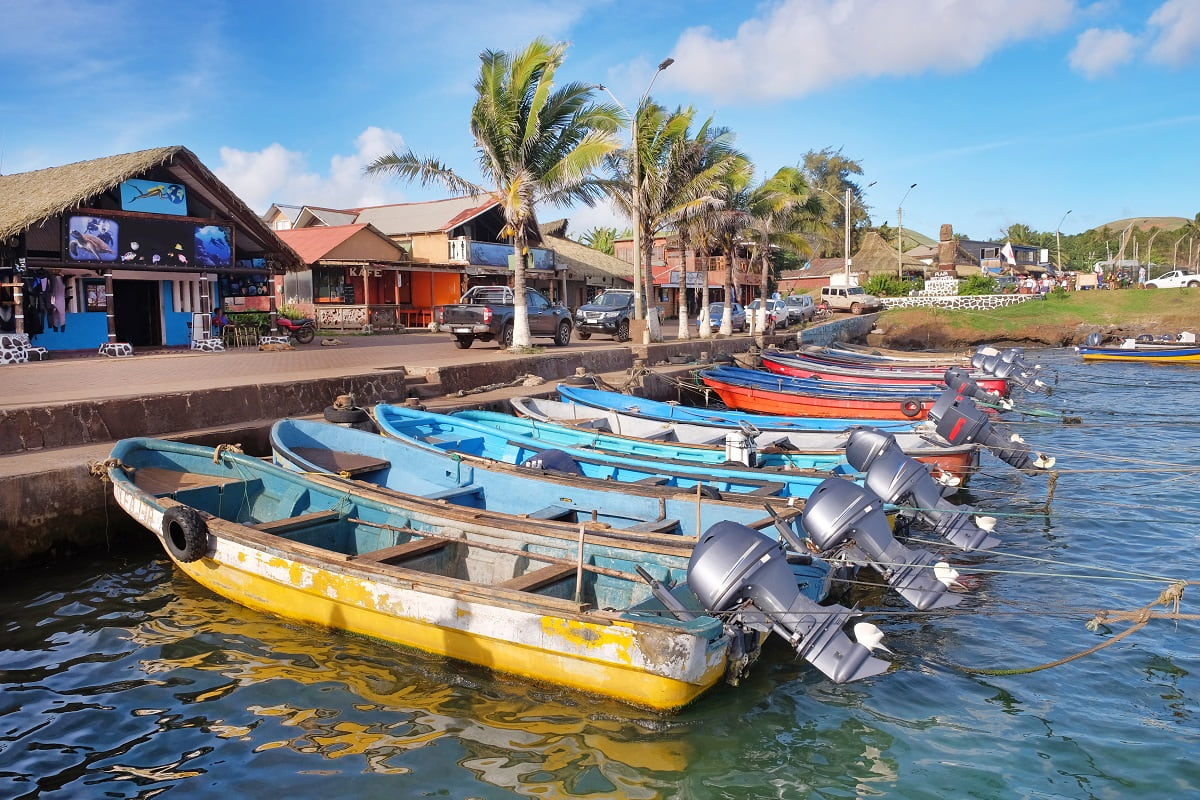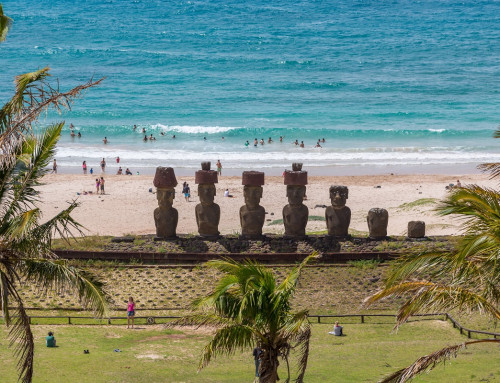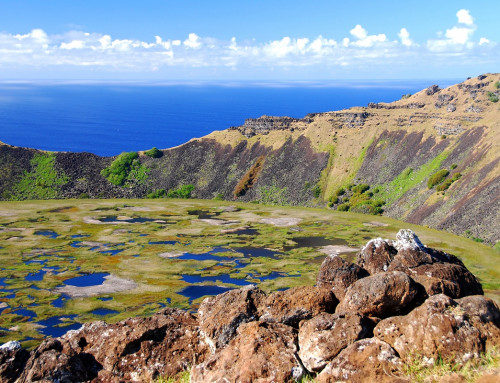Isolated in the vast Pacific Ocean, Easter Island is famous for its mysterious Moai. Scuba diving also has its share of surprises in store, not least the striking reliefs. Despite the cool water temperature, the experience will satisfy the curiosity of seasoned divers. Diving on Easter Island is best enjoyed off the beaten track.
Things to See During a Dive on Easter Island
Easter Island is unique in that its waters are virtually devoid of plankton and coral reefs. The seabed is mainly rocky, and despite the presence of a few coral spats, the diversity of underwater fauna is quite low, despite the presence of a few endemic species. Fish are few and far between, and you won’t see any dolphins or sharks.
Nevertheless, the real interest lies in the extraordinary underwater relief. You’ll pass through large caverns, multiple arches and deep canyons sculpted by volcanic activity. What’s more, the absence of plankton means excellent visibility: up to 60 meters! When the sun shines, the light refracting through the water creates beautiful underwater scenes, creating a fantastic atmosphere. This underwater adventure promises to be particularly exciting!
Diving Spots on Easter Island

Diving sites on Easter Island are few and far between. But some combine adventure, legend and stunning scenery. If there were to be just one, it would undoubtedly be the pass between Motu Nui and Motu Iti in the south-west of the island. Thanks to excellent visibility, the drop-offs become vertiginous. The cliffs plunge steeply into the ocean and are covered in coral. This is where the Birdman trials took place: a great page of history!
Those who have hiked to the Ana Kakenga cave will recall the incredible view of two isolated islets: Motu Tautara and Motu Ko Hepoko. Located on the island’s western flank, these islets offer a grandiose diving experience. You’ll visit a breathtaking landscape of crevasses, canyons and volcanic rock vaults. The site is a twenty-minute boat ride from Hanga Roa.
A final dive site brings you face to face with a cement Moai. Left to its fate for the purposes of a Chilean TV shoot in 1997, it becomes the object of a friendly encounter at a depth of 22 meters. The place is quite photogenic, but not necessarily of great interest.
As far as snorkeling is concerned, only Anakena beach is accessible. But in the absence of a coral reef, conditions are difficult due to swell and waves. Given that the points of interest are located next to the rocky barriers, it’s best to avoid being thrown over the edge.
Choosing a Diving Center

From Hanga Roa, there are a number of service providers who can help you discover Easter Island’s seabed and surprising topography, including the Orca Diving Center, which prides itself on being open to divers from all over the world. This international approach relies on a great teaching approach and top-quality diving equipment.
Several individual packages offering up to 10 dives are available. You should expect to pay an average of €50 per trip. However, diving on Easter Island is planned on a day-by-day basis, according to swell and weather conditions. So it’s best to plan your dives at the beginning of your stay, so as to anticipate a replacement slot. Choose an outing with two successive dives.
Beginners can also make an introductory dive to a depth of less than 10 meters and take their first dive. PADI Open Water courses are also available on request.
Discover the Legends of Easter Island
Although not a must-see diving destination, Easter Island offers a unique experience with magnificent light effects. Certified divers will love it. For the rest of us, there’s always the chance to meet the Moai, the statues of Easter Island, and enjoy a day at Anakena beach. Plan your trip and contact us to organize your activities in the Polynesian Triangle.





Leave A Comment